|
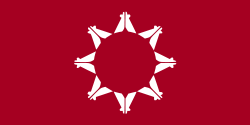
Flag of the Oglala Lakota tribe
Total population: 42,357 enrolled tribal members (2008)
Regions with significant populations: United States (South Dakota)
Languages: Lakota, English
Religion: Traditional tribal religion, Sun Dance, Native American Church, Christianity
Related ethnic groups: Other Lakota peoples, Dakota, Nakota
The Oglala Lakota or Oglala Sioux, meaning "to scatter one's own" in Lakota language, live in the Pine Ridge Indian Reservation in South Dakota bordering Nebraska and 50 miles east of Wyoming, the second-largest Indian reservation in the United States. The reservation has broadly three parts, pine covered hills and ridges, grassy plains and a desert area. The Oglala are one of seven Lakota sub-tribes, and they are federally recognized as the Oglala Sioux Tribe of the Pine Ridge Reservation.
History
The Oglala Lakota, along with the six other groups of Lakota, had separated from each other by the early 19th century. By 1830, the Oglala had around 3,000 members. In the 1820s and 1830s the Oglala, along with the Brulé, another Lakota band, and three other Sioux bands, formed the Sioux Alliance. This Alliance caused much warfare between the Western Sioux and surrounding tribes for territorial and hunting reasons.
Note: The Oglalas were the most numerous and offered the most resistance to white settlers.
Gender Roles
Typically, in the Oglala Lakota society, the men are in charge of the politics of the tribe. The men were usually the chiefs, leaders, and hunters. However, women are and always have been highly regarded and respected in the tribe. Lineage was traced via females, but both genders were equal in decisions and power.
Traditional Culture
Family is of utmost importance to the Oglala Lakota, with loyalty to the tribe coming in close second. Each family had one or more tipi households. Most women stayed home and cooked and did work around the tipi until the men came home with food.
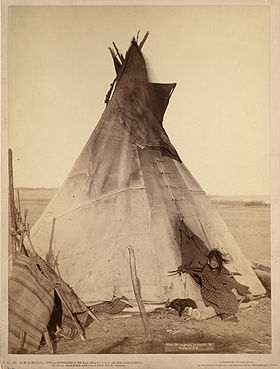
Oglala Tipi
Bands
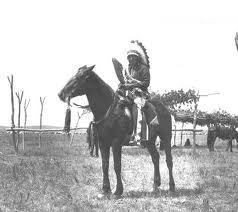
Oglala Sioux
Each of the twenty tribes were subdivided into bands (tiyospaye), which consisted of a number of smaller family camps (tiwahe). During parts of the year, the small camps were scattered across the region; at other times, these camps gathered together as a thiyóspaye to cooperate on activities such as a large buffalo hunt. Each summer, usually in early June, bands from many groups gathered together for the annual sacred Sun Dance.
Writing in 1875, the Indian agent at the Red Cloud Agency, Dr. John J. Saville, noted that the Oglala tribe was divided into three main bands: the Kiyuksa, the Oyuhpe and the head band or True Oglala. "Each of these bands are subdivided into smaller parties, variously named, usually designated by the name of their chief or leader."
In the years immediately following the Fort Laramie Treaty of 1868, these bands became increasingly polarized as leaders struggled with decisions relating to the continued American encroachment on their territory. Some bands chose to come in to the Indian agencies (forerunner to the reservations) where they received beef and other rations from the U.S. government. Other bands decided to remain out, attempting to continue the traditional lifeways for as long as possible. Many bands moved between these two extremes, coming in to the agencies during the winter and joining their relatives in the north each spring. These challenges further split the various Oglala bands.
Just prior to confinement on the reservations, the Oglala bands included:
Oyuhpe Tiyospaye
True Oyuhpe (Big Road's band)
Other members include: Black Elk
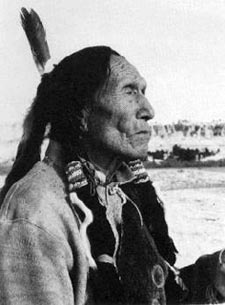
Black Elk
Makaicu
Makaicu (Red Dog's band)
Oglála Thiyóspaye
Cankahuhan (He Dog's band)

He Dog
Other members include: Short Bull; Amos Bad Heart Bull and Grant.
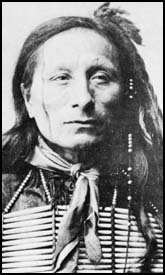 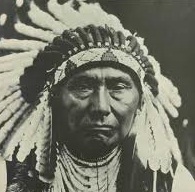
Short Bull and Amos Bad Heart Bull
Hokayuta (Black Twin's band)

Black Twin
Húnkpathila (Little Hawk and Crazy Horse's band)
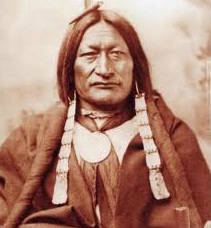 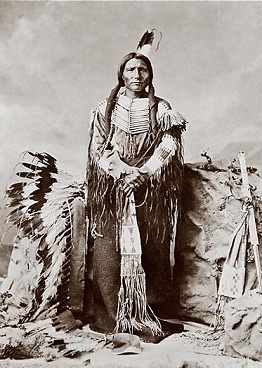
Little Hawk and Crazy Horse (real name was Tashunca Uitco)
Itésica (Red Cloud's band)
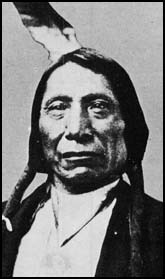
Red Cloud
Payabya (Young Man Afraid of His Horses's band)
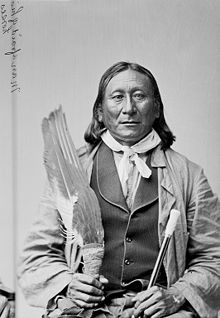
Young Man Afraid of Horses
Wagluhe (Blue Horse, American Horse and Three Bear's bands)
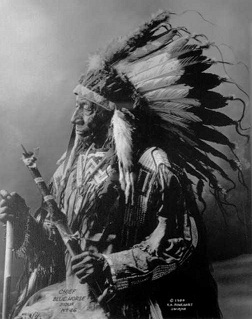 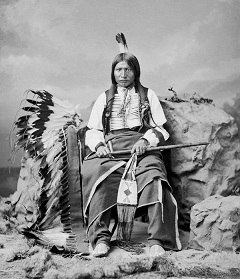
Blue Horse and Three Bears
Khiyáksa Thiyóspaye
Kuinyan (Little Wound's band)
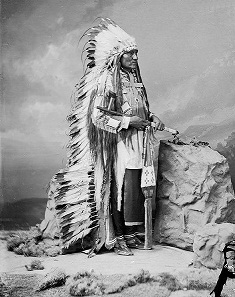
Little Wound
Tapisleca (Yellow Bear's band)
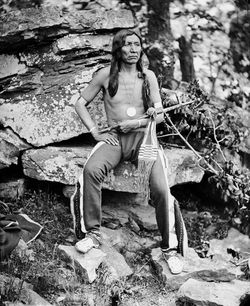 
Yellow Bear
Horses and the Oglala
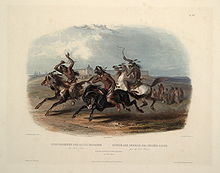
Sioux Horseracing
"Many religious ceremonies were based on the horse and its contribution to the life of the Indian. One of the most interesting was the horse medicine cult practiced by most Plains tribes. The Oglala Dakota tribe had an elaborate horse medicine cult which included a dance in imitation of horses. The Oglala used horse medicine to influence the outcome of horse races, to cure sick and wounded horses, to calm a fractious horse and to make broodmares have fine foals. Horse medicine men and women were mong the most respected members of their tribes." (The History of the American Indian Horse)
Horse stealing between the tribes became the number one sport on the plains and was considered an honorable way for a young warrior to gain experience and fame. Horses meant wealth to the Plains tribes and were used extensively for barter and gifts.
For More Information:
Native Americans (Indians) and the Horse
World Lingo
|